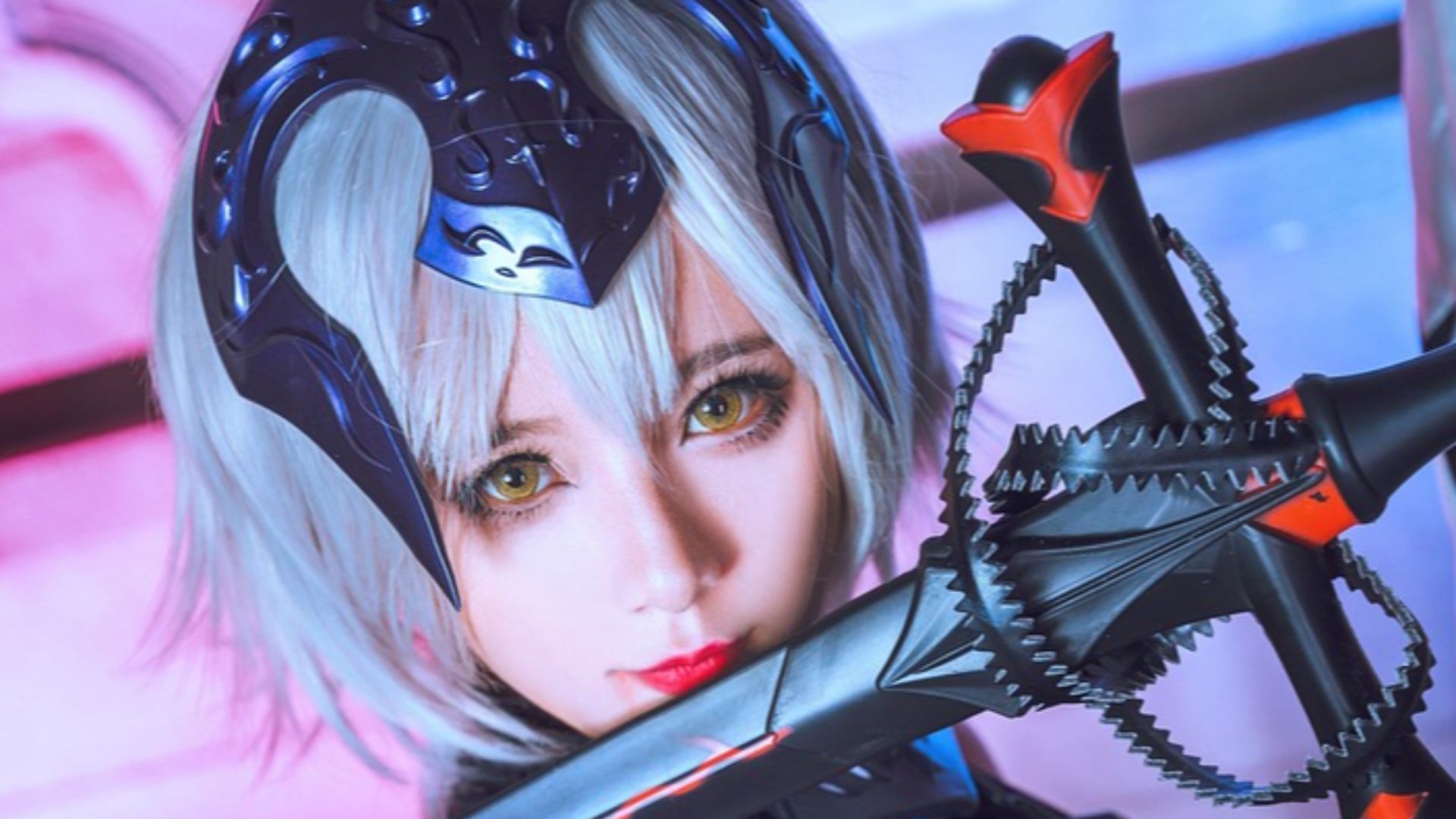Power Tools Are a Cosplaying Secret Weapon
Whether you want to look like a more realistic orc or want people to think you're actually Doctor Doom, there are lots of ways to improve your cosplay game. If you can become a sewing master or an expert on EVA foam, you can march out of the next Comic-Con as a legend. Here are 20 tips for leveling up your cosplay skills.
1. Master Sewing Basics
You can't be an expert cosplayer without mastering the basics of sewing. You need to learn how to stitch seams, install zippers, and work with a variety of fabrics. Sewing is the foundation of cosplay and will help you dress as the Black Widow one day, and as Doctor Who the next.
2. Work with EVA Foam
EVA foam is the primary material for making armor, props, and accessories. It's light, versatile, and affordable. You need to learn how to heat, shape, sand, and seal this foam to create armor that will you help you fit into any clone army or battle any member of the X-Men.
3. Experiment with Thermoplastics
Thermoplastics are great for building durable and detailed armor and props. For example, Worbla is a type of thermoplastic that can be molded with heat and layered. You can also paint it with ease.
4. Wig Styling
A wig can turn your costume into something more memorable and fantastic. Learning to cut, style, and set wigs is critical to becoming the ultimate cosplayer. It's key for naling that classic anime look, and enhancing your skills for subtle adjustments can create a more accurate look.
5. Perfect Makeup Techniques
Bad makeup can tell everyone at the convention that you don't know how to cosplay. Makeup for cosplay isn't about beauty; it's about transforming into a character. To level up your cosplay skills, practice contouring, shading, and eye enhancements.
6. Improve Your Painting Skills
By becoming a better painter, you can bring your armor, accessories, and props to life. Work on base coats, dry brushing, weathering, and sealing to achieve a realistic and textured look for your costumes.
7. Build a Reference Library
Here's a tip that is often overlooked. The best cosplay starts with great references. Build a reference library by collecting images of your characters from multiple angles. Study the details so that you don't miss a single one and ensure an accurate design.
8. Learn Weathering Techniques
Weathering techniques can make your characters look battle-worn and rugged. You should learn to distress fabrics, add faux dirt, or make paint scratches. Weathering adds a storytelling element to your costume and makes it look lived-in.
9. Use Power Tools
Power tools, like heat guns and drills, can make crafting a costume of your favorite character quicker and more precise. A rotary tool can smooth edges and carve details, and a heat gun can seal paint. Remember, safety first, so wear a mask and goggles and make sure you know what you're doing.
10. Be Active in Cosplay Community
The online and offline cosplay community is a great way to learn from others and get inspiration. There are tons of online groups, local meetups, and conventions where you can rub elbows with experienced cosplayers and get a few tips.
 Muhammad Faiz Zulkeflee on Unsplash
Muhammad Faiz Zulkeflee on Unsplash
11. Learn Pattern-Making
Most cosplay costumes are not off-the-rack, so you need to learn to draft, alter, or adapt sewing patterns to create the outfit of your dreams. Start with simple shapes like cloaks and go from there.
12. Explore 3D Printing
If you can learn to 3D print, you can open up endless cosplay possibilities. Learn basic modeling to print complex designs that you can't sculpt by hand. If possible, lean on an experienced expert to teach you.
13. Work on Armor Strapping
Your armor needs to move with your body. This means you need to learn how to rig straps, buckles, and supports to make your armor wearable for a long time. Focus on comfort and appearance, and use lightweight materials.
14. Become a Fabric Expert
You need to familiarize yourself with the various ways that fabrics can behave. Some fabrics drape, some stretch, and some are adept at holding structure. One of the biggest game-changers for cosplayers is to learn which fabrics best suit certain designs.
15. Learn About Special Effects Makeup
In addition to basic makeup, you should learn the ins and outs of special effects makeup. This skill can add dimension to your costume and character. Special effects makeup can help you create scars, scales, or wounds that will make a costume come to life.
 Elesban Landero Berriozábal on Unsplash
Elesban Landero Berriozábal on Unsplash
16. Hone Your Pose
A big part of any successful cosplay is the pose. You need to master your character's pose so that you shine in every photo. To nail the pose, study your character's movements and common stances.
17. Learn Some Electronics
Learning how to set up basic electronics like LEDs or simple circuits can truly make your costume pop. You can light up a sword or parts of your armor, but don't jump to more complicated circuitry right away. Simplicity and safety are the most important things.
18. Clean Finishes
Something as minor as visible glue can undermine all of your hard work. Take however much time you need to finish your costume cleanly by sanding props, hemming fabrics, and ensuring all seams are hidden.
19. Balance Comfort with Craftsmanship
The goal of most cosplayers is to look as much like their character as possible. While aiming for accuracy, don't forget about comfort, as you want to wear your costume for hours or multiple times.
20. Chart Your Progress
Document your cosplaying progress to note your improvement, build your online profile, and inspire others. Take pics of your costume at different stages, so you can see how far your skills have developed over time.


























